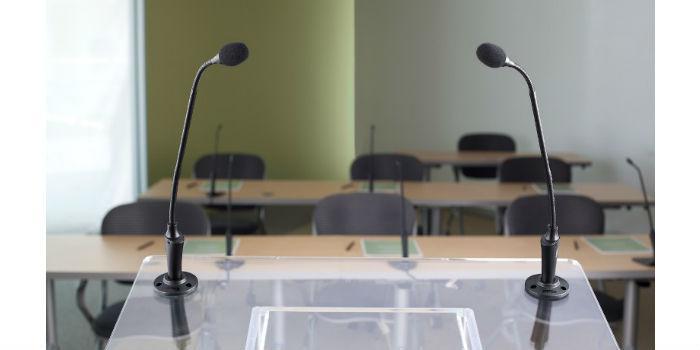 Good hearing can only help foster good education and learning. It is essential that the student can hear the teacher well, and it is one more tool to improve the quality of teaching.
Good hearing can only help foster good education and learning. It is essential that the student can hear the teacher well, and it is one more tool to improve the quality of teaching.
By Miguel Paucar*
The current classroom has state-of-the-art technology (projectors, screens, network connection, interactive displays), all in order to increase learning for students. But it is very important not to ignore the quality of students' hearing.
Why should we ensure that the student can hear the teacher well? In simple words, if the student cannot hear the teacher well, he cannot learn the lesson. It sounds simple, and perhaps the most practical solution is to ask the teacher to speak louder. But this can occur due to multiple factors, not just the volume of the teacher's voice. We must also consider that the same atmosphere of the auditorium may be causing a low auditory quality (reflected sound, reverberation, standing waves, strange noises or even the construction material of the auditorium). There are other factors beyond hearing that can cause learning impairments.
The human brain is a highly advanced data processor. When hearing a sound, the ears transmit this information to the brain, where the information is interpreted, understood and retained. If the sound is not heard well, the brain begins to "compensate" for what is not heard well, in order to understand the message that is being received. By not hearing well, the brain tries harder to understand this information, and just like a muscle making too much effort, it gets tired.
Studies on the brain show that if information is not heard well, the brain stops retaining this information after a certain time. How many times have we been in this situation?: We are in the middle of a lesson, and we realize that the teacher has been talking for a few minutes, but we also realize that we have not paid attention, we get distracted and think about other things. Maybe we are not listening well to the teacher, the brain gets tired, and the mind begins to think about other topics.
Good hearing can only help foster good education and learning. During teaching, we do our best so that the student can understand and absorb the lesson. It is essential that the student can hear the teacher well, and it is one more tool to improve the quality of teaching.
In addition to ensuring good acoustics in the learning room, we can consider adding sound reinforcement to the environment. Consider that many learning classrooms can be held in a large auditorium, or a large classroom with many students. In these cases it is good to pay attention to the acoustics of this type of room. Reverberation and strange noises, such as noise from the projector or air conditioning, can create an obstacle to the student's understanding.
It is a good idea to condition the room as much as possible: Use acoustic panels or absorption material to prevent reflected sound and minimize reverberation, as well as reduce ambient noise.
As a sound reinforcement mode, it is possible to use a speaker system. It doesn't have to be something extravagant like a line array. It can be a ceiling speaker system.
For microphones, there are different options. This depends a lot on the end user, in this case the teacher, and what is most convenient or most comfortable for him.
It is very common to see a podium microphone in halls or auditoriums. Typically, these microphones are wired. Which doesn't allow much movement. If the teacher wants to be heard, he would need to be present on the podium throughout the lesson.
However, having a wired microphone on the podium can be awkward, as it restricts the presenter to being in a single position for the entire class.
In case you need to be more portable, you can also consider using a lapel microphone or wireless headband. This requires having a wireless system, consisting of a microphone receiver, pickup antennas, a bodypack, and a lapel or headband microphone connected to the personal transmitter. This is a great option for a teacher who is more active and needs more mobility. But keep in mind that using a wireless microphone requires some organization to get the best use. Factors such as where to place the antennas, frequency coordination to prevent interference, place the personal transmitter and hook the microphone to the teacher's flap before starting each class should be considered.
A more advanced option that has been implemented lately in many educational institutions is the Voice Lift. This concept consists of reinforcing the teacher's voice slightly, so that all students, in all rows of the auditorium can hear the teacher in the same volume as the front row. This is not the same as sound reinforcement as such, it is more a slight amplification across the scope, using speakers separated by zones.
Likewise, it is possible to improve the classroom experience using a ceiling microphone, such as Shure's MXA910 model. With a system like MXA910, you can point capture lobes (imagine an audio spotlight) towards the area where the teacher is teaching the course. This signal can then be amplified in different zones, allowing all rows to hear the instructor with the same volume. In this way, it can be possible to reinforce the teacher's voice, without having to use a microphone or body transmitter, achieving greater freedom of movement and comfort.
The MXA910 has the additional advantage of offering 8 capture lobes, allowing additional lobes to be used to also cover the student area. This has the added benefit of being able to reinforce students' voice when asking questions, without needing to add microphones in the hallways, or having to wait for an assistant to bring the microphone to the student who wants to ask a question.
These are just a few considerations to keep in mind. In short, the concept of reinforcing the voice in auditoriums or classrooms is essential to guarantee student learning. Let's consider using the most advanced in technology to achieve this important purpose.
*Miguel Paucar, Market Development Specialist at Shure.












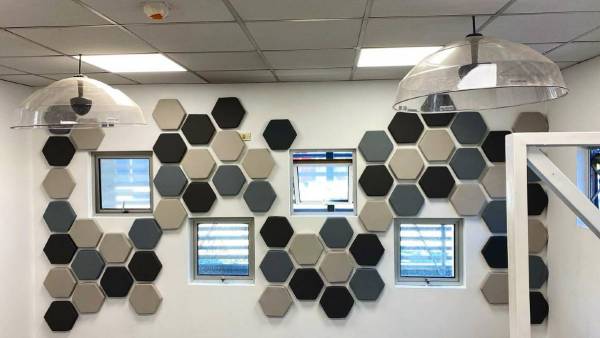
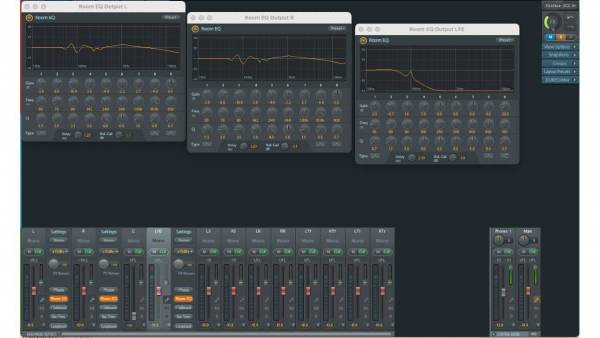

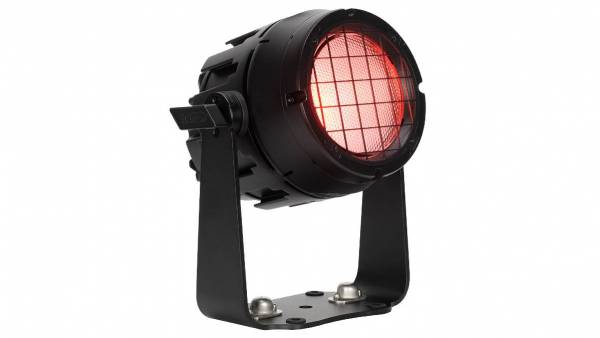

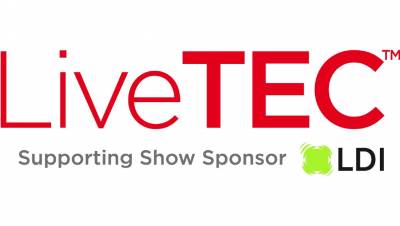








Leave your comment